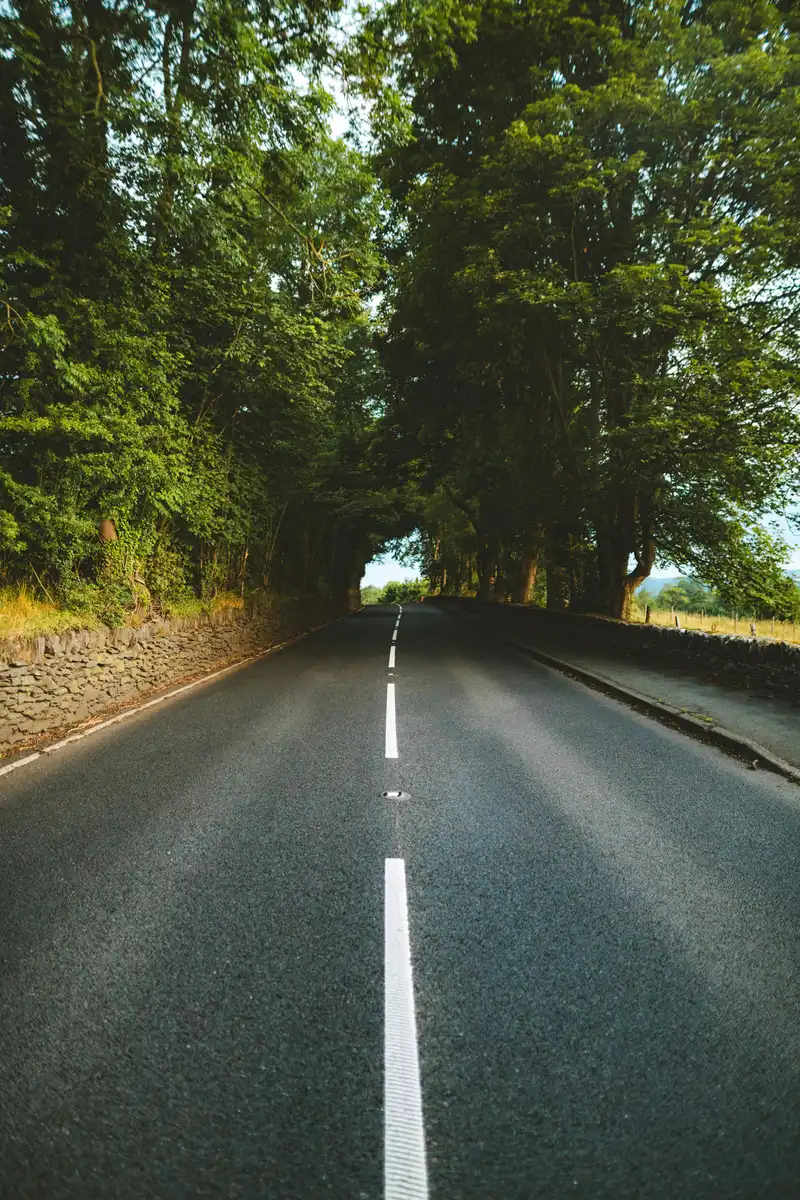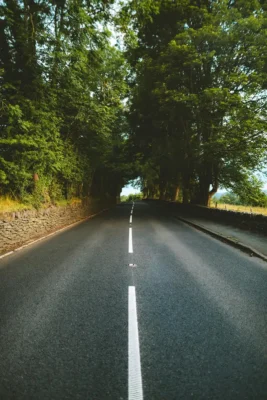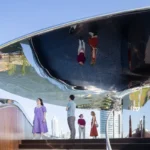Road surface markings, thermoplastic line marks, Designing safer urban environments
Designing Safer Urban Environments: Why Line Markings Deserve More Architectural Attention
19 June 2025
When we think of architecture, it’s easy to picture grand buildings, sustainable materials, or dramatic skylines. But true architectural impact is often felt at ground level — where design intersects directly with daily life. In this context, one of the most overlooked tools in an architect’s toolbox is road surface markings.
From guiding foot traffic to organizing vehicle flow and delineating bike lanes, line markings are not just about regulation — they’re about creating intuitive, legible public spaces. And as cities become denser and mobility diversifies, clear ground-level guidance is more critical than ever.
The Underrated Role of Surface Design
Architecture, at its best, considers how people interact with space — not just in structures, but across movement corridors, access points, and outdoor zones. Modern urbanism has brought new demands: shared roadways, scooter lanes, bus corridors, pedestrian zones, and delivery routes. Without a well-thought-out ground design, these spaces become chaotic or even dangerous.
That’s where thermoplastic road markings come in — a durable, highly visible, and fast-applied solution to ground-level clarity. Whether for pedestrian crossings, loading bays, or site-specific zoning, these markings provide architects with an invisible but vital element of environmental legibility.
A Material Designed for High Impact
One standout product in this space is the 5m Thermoplastic Road Line Marking Roll, which offers practical and visual advantages on urban sites. It’s pre-formed for quick application, bonds firmly to asphalt or concrete with heat, and provides long-lasting clarity in both wet and dry conditions.
For architectural projects such as school campuses, healthcare facilities, or commercial parks, these materials can play a functional and aesthetic role — creating patterns, guidance systems, and even zoning cues. They’re not just practical; they can subtly elevate the experience of a space when planned alongside landscape and building design.
Visual Hierarchy and Wayfinding
Many architects already appreciate the value of signage and color coding. Road markings extend this concept to the ground plane. A thoughtfully marked outdoor space can do what signs cannot: communicate at eye level, regardless of distractions.
Wayfinding systems that include marked crossings, arrows, or symbols help ensure that a site is accessible, intuitive, and safe. As noted in urban design principles, successful public spaces are those where users instinctively understand how to navigate — often thanks to subtle but strategic visual cues.
Permanent Yet Flexible
One concern some architects have is permanence. Will line markings box in future layout changes? Thermoplastics solve that. These materials are durable under load and weather, yet can be removed with appropriate surface prep if redesign is needed. That makes them ideal for evolving spaces such as temporary installations, event sites, or phased developments.
They’re also an eco-friendlier choice when compared to traditional paint, generating less waste and offering longer intervals between reapplications — especially useful on high-traffic surfaces.
Bridging the Gap Between Planning and Practice
An interesting shift in the last decade is how often architects are brought into early-stage urban development. Site access, transport layout, and visitor movement are increasingly part of design briefs — not just something “the city deals with later.” By considering surface markings from the outset, architects can contribute to safer and more human-centered environments.
This approach is especially evident in redeveloped housing zones or adaptive reuse projects where space is tight and circulation must be choreographed precisely. Incorporating surface markings into early planning makes the built environment feel more connected, legible, and lived-in.
Real-World Examples: Architecture at Street Level
Sites like Glasgow Architecture feature projects that blur the line between built form and infrastructure — places where walkability, traffic design, and visual flow are just as considered as materials and massing.
In these projects, elements like curb design, bollard placement, and road markings shape how people move — and how safe they feel. This integration of soft infrastructure into architectural thinking is a sign of how the field is evolving to meet urban needs.
Final Thoughts
For too long, surface markings have been seen as the job of traffic engineers or maintenance crews. But as architectural responsibilities widen to include placemaking and urban experience, thermoplastic markings and similar tools deserve fresh attention.
Whether it’s a residential development, a public square, or a logistics-heavy site, line markings are not an afterthought — they’re part of the language of the built environment. And like any good design element, when done well, they often go unnoticed — because they work.
Comments on this guide to Road surface markings, thermoplastic line marks article are welcome.
Construction Safety
Building Construction Site Safety
How architecture adapts to evolving safety regulations
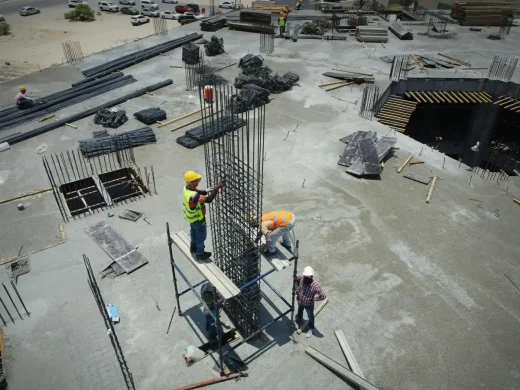
Building construction site safety awareness
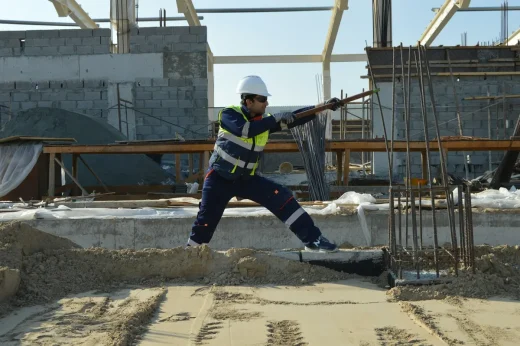
Common construction site injuries
Construction industry health and safety importance
Why Construction Safety Is Important
Building Articles
Residential Architecture
Comments / photos for the Designing Safer Urban Environments: Why Line Markings Deserve More Architectural Attention guide page welcome.

